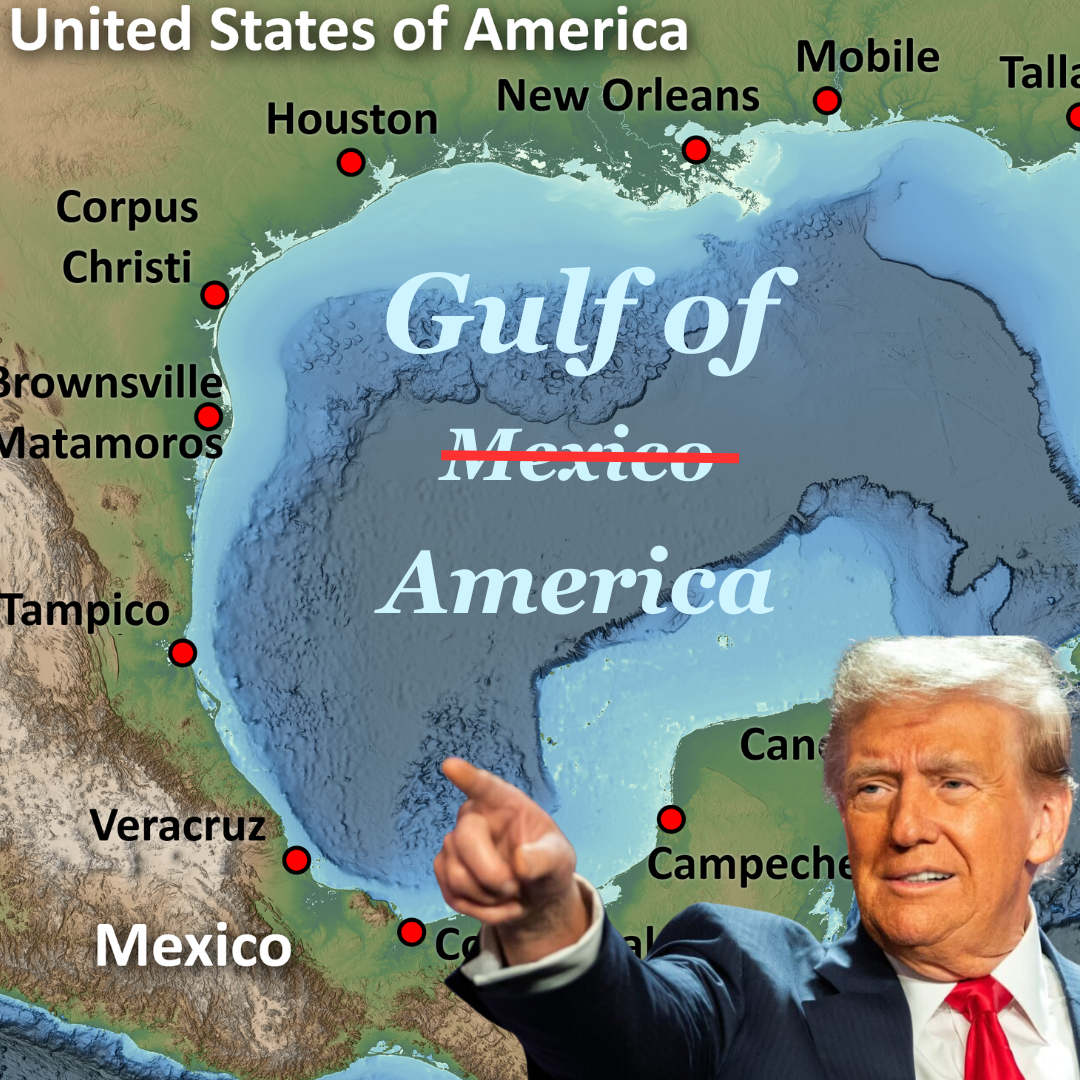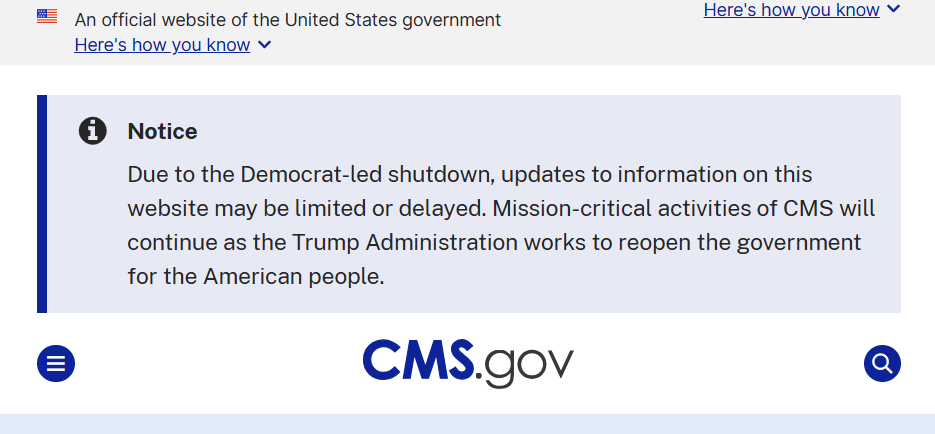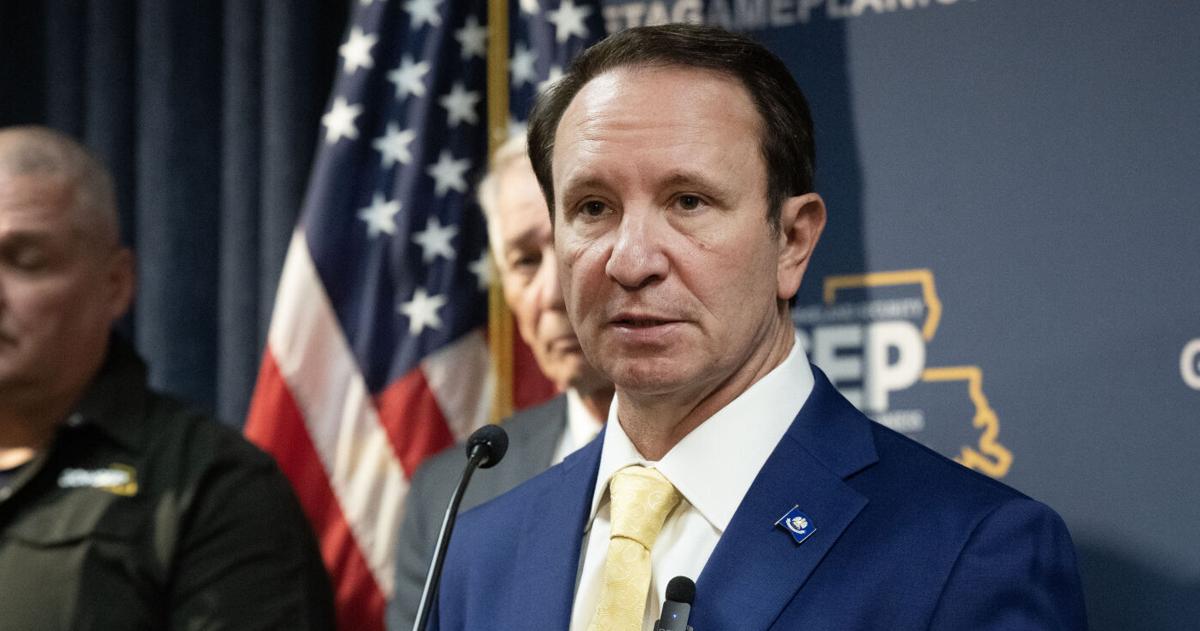
On Jan. 20, President Donald Trump signed an executive order renaming the Gulf of Mexico as the Gulf of America. He stated that the change recognizes the gulf’s role in the U.S. economy and future. However, the decision raised constitutional concerns.
On Feb. 9, Trump signed a proclamation declaring the date as the first Gulf of America Day.
“I am very honored to recognize February 9, 2025, as the first-ever Gulf of America Day,” Trump wrote. “It is fitting and appropriate for our great Nation to come together and commemorate this momentous occasion and the renaming of the Gulf of America.”
Shortly after the announcement, Google updated its maps for American users to reflect the new name. Mexico’s maps remained unchanged, while other countries displayed both names.
Mexican President Claudia Sheinbaum opposed Google’s global name change.
“They [Google] are wrong,” Sheinbaum said. “The entire Gulf of Mexico cannot be called the Gulf of America. Now this is a dispute with Google… if necessary, we will file a civil lawsuit.”
Many Americans also opposed the renaming, arguing that it served no purpose or made the country look bad. Polls from Marquette University and YouGov showed a majority of respondents disapproved of the change.
ULM Honors Director and political science professor Dr. Joshua Stockley questioned the justification behind the decision.
“Renaming a body of water has nothing to do with progress. The progress of this nation is not going to accelerate or decelerate based solely on what something is called,” Stockley said. “I don’t think the executive order accurately describes the motivations for the naming.”









